Kurt “The CyberGuy” Knutsson details the design and features of the REGENT Seaglider and also explains the benefits of the electric aircraft.
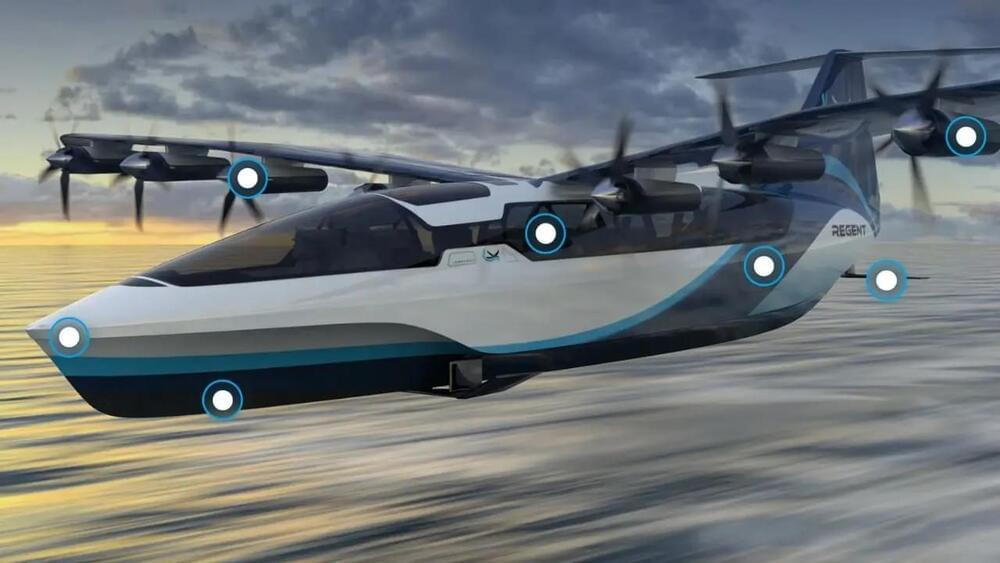


A jury found Elon Musk not liable for costing investors when he issued a series of tweets saying he had “secured” funding to take the electric car maker private.
The Friday verdict, issued by a nine-person Northern California jury, represents a legal victory for the 51-year-old billionaire, who has seen the value of his Tesla holdings decline some 44% over the past year.
During the trial, Musk personally took the witness stand to defend the tweets, testifying he believed he had a handshake agreement in 2018 with Saudi Arabia’s Public Investment Fund to convert Tesla, which is a publicly traded company, into a private one. It was the Saudis, he said, who subsequently reneged on the deal.
…however I found that the trial brings up the practice of short selling, which is why since the 2007 financial crisis has been made illegal everywhere but the USA. For shot sellers to actually try to sue someone is bizarre.
This is the BMW electric wingsuit 2021.
BMW Group will present the first electric drive system for a wingsuit with which the centuries-old dream of flying can be realised in a completely novel way. The innovative drive module and the likewise entirely newly designed wingsuit were developed in a cooperation between BMW i, Designworks and the professional wingsuit pilot Peter Salzmann from Austria. His maiden flight with the Electrified Wingsuit by BMW i was visually captured in an elaborately staged video documentation. The spectacular film, which will be seen for the first time in the run-up to the #NEXTGen 2020, shows impressively how BMW eDrive technology is able to make a lasting change to the individual mobility experience.
The long-term experience and the BMW i brand’s pooled development competence have now been utilised in a completely innovative way. The result is an extremely powerful, compact and light drive and energy storage package for a unique flying experience with the Electrified Wingsuit by BMW i. The fly unit of the Electrified Wingsuit by BMW i comprises two encased carbon propellers, so-called impellers, each delivering a power output of 7.5 kW, a speed of around 25,000 rpm and a total output of 15 kW, which is available for approximately 5 minutes. The design of the drive unit and the likewise exclusively developed wingsuit is the result of a cooperation between Peter Salzmann and the creative team from Designworks. The BMW Group subsidiary has strongly influenced the BMW i brand’s design from the outset, applying its creative capabilities not only in the automotive sector, but also on behalf of numerous international clients from other branches of industry.
Around 3 years passed from the idea of a wingsuit flight with electric extra boost to the premiere in the Austrian alps. During this time the air sports pioneer Peter Salzmann and his partners at BMW i and Designworks worked jointly on the details of the suit and the drive system. The electric twin-propeller drive system including an energy storage unit were perfectly integrated into the front of the wing suit. The tests in the wind tunnel at the BMW Group Aerodynamics Testing Centre in Munich were a significant part of the development programme for the project.
The project Electrified Wingsuit by BMW i was triggered by Peter Salzmann’s aspiration to raise wingsuit sport to a new level. The 33-year-old Austrian is a skydiving instructor and has meanwhile also made base jumping and skydiving his profession. In addition to skydiving training and wingsuit flying, his repertoire includes film stunts and show appearances. When jumping from cliffs or out of an aircraft, Salzmann uses the textile layer stretched between the arms and legs of his wingsuit as a paraglider that allows him to generate a horizontal flight movement from the fall velocity and the airflow. With each metre of descent, up to three metres of horizontal flight can be achieved. Wingsuit skydivers can reach speeds of more than 100 km/h.
The aim of the electric drive system is to increase the performance of the wingsuit in order to achieve a better constant glide flight, thus allowing longer distances to be covered. Upon activation, Salzmann explains, the pilot experiences immediate acceleration, allowing them to fly at speeds of more than 300 km/h. For the maiden flight with the Electrified Wingsuit by BMW i Salzmann was flown by helicopter together with two other wingsuit pilots over the mountain tops of his Austrian homeland. Directly after the jump from an altitude of 3,000 metres, all three flew in formation in the direction of a mountain massif. With the aid of the electric drive Salzmann accelerated faster than his colleagues and was able to fly across the peak in steep flight. After flying a further curve, he met up with the other two pilots who had flown in glide flight around the mountain. The three wingsuit pilots finally opened their parachutes and landed at the agreed destination.
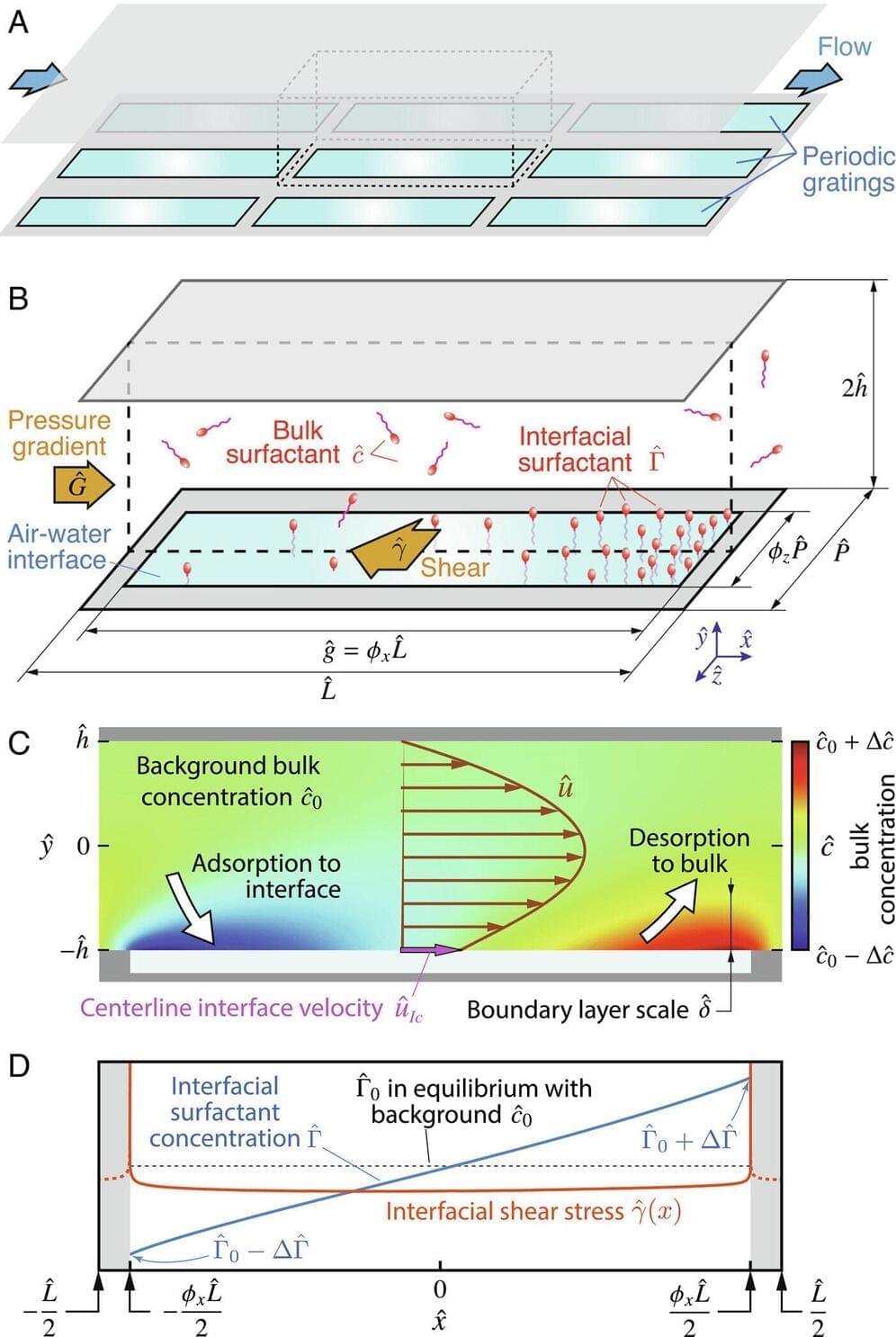
Sometimes, the most complex problems can be solved with the simplest approaches. Such was the case for researchers at UC Santa Barbara as they tried to resolve a longstanding issue of fluid friction—the resistance between an object moving through fluid, or conversely, a stationary object with fluid flowing around or through it. It’s also known as drag.
“We had built a theory, but it was a very messy problem,” said mechanical engineering professor Paolo Luzzatto-Fegiz. Their problem dealt in particular with superhydrophobic surfaces (SHS), which are seen as a potential solution to the problem of drag, a phenomenon that reduces the efficiency of things traveling through water, like cargo ships, and increases the energy expenditure to pump liquids through pipes.
Their calculations for an effective SHS encompassed 10 complex parameters, but as it turns out, the ability to predict if an SHS will perform as intended boils down to just one. Their research is published in the Proceedings of the National Academy of Sciences.


A judge in Colombia caused a stir by announcing he had used the AI chatbot ChatGPT in preparing a ruling in a children’s medical rights case.
Judge Juan Manuel Padilla said he used the text-generating bot in a case involving a request to exonerate an autistic child from paying fees for medical appointments, therapy and transportation given his parents’ limited income.
Padilla told Blu Radio on Tuesday that ChatGPT and other such programs could be useful to “facilitate the drafting of texts” but “not with the aim of replacing” judges.
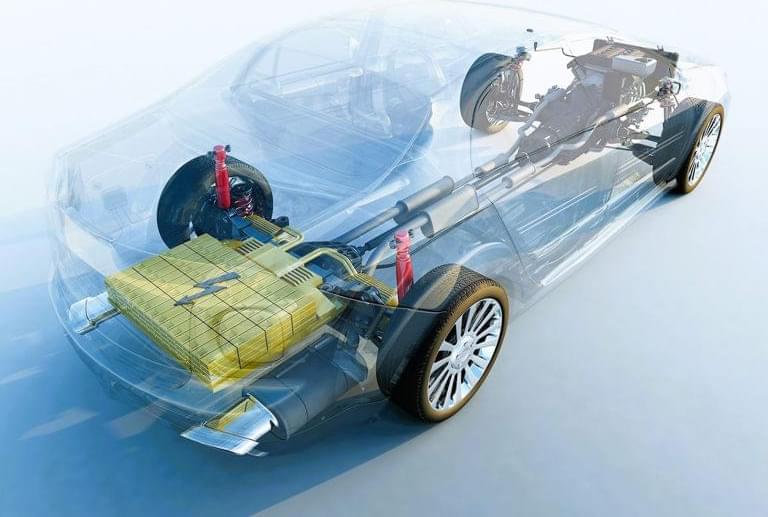
Ready for AI’s future?
This movie explores the top 10 AI technologies that will change our lives.
These technologies might transform industries and redefine how we interact with the world, from self-driving cars to smart cities.
These technologies create serious ethical problems that must be addressed. Future AI technology will astound and inform you.
Don’t forget to like, comment and subscribe as this supports this channel💕💕
Follow my socials for posts and updates.
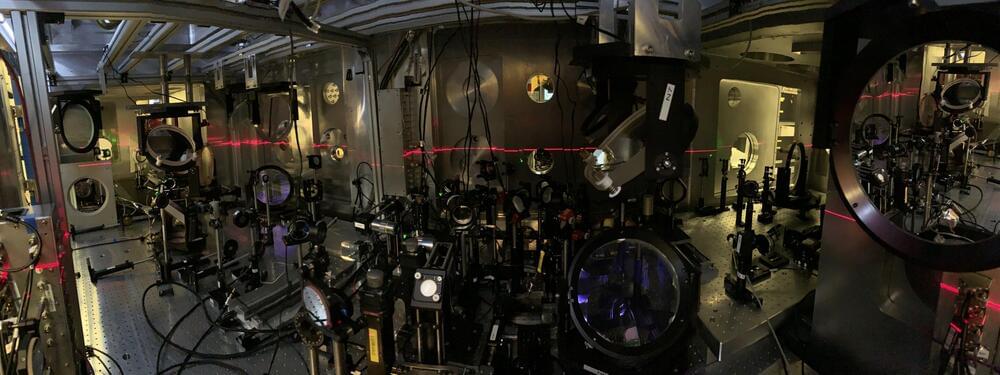
Laser-driven ‘mirrors’ capable of reflecting or manipulating light have been produced in research led at the University of Strathclyde.
The ‘mirrors’ exist for only a fragment of time but could help to reduce the size of ultra-high power lasers, which currently occupy buildings the size of aircraft hangars, to university basement sizes.
They have potential to be developed into a variety of plasma-based, high damage-threshold optical elements that could lead to small footprint, ultra-high-power, ultra-short pulse laser systems.
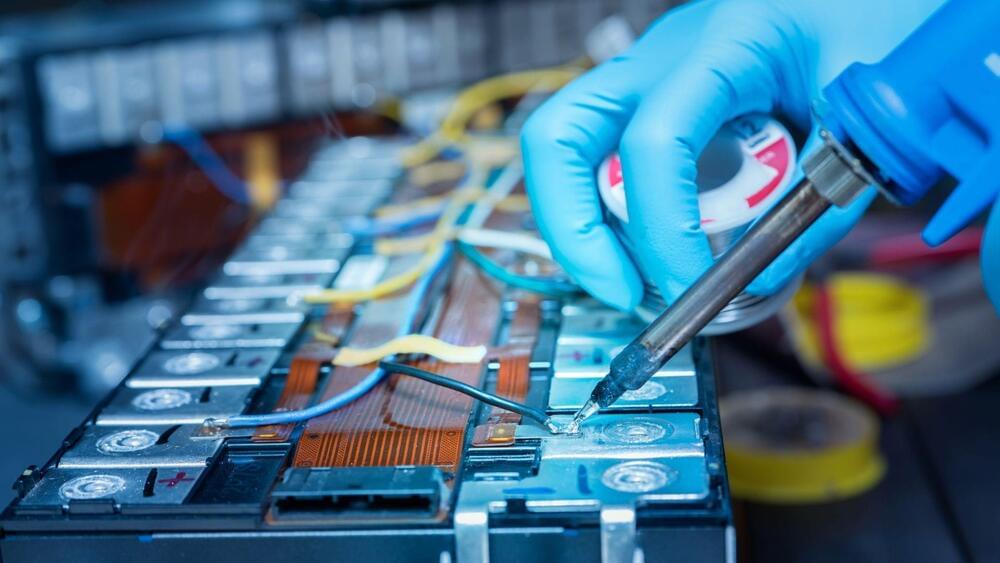
Nanoscale defects and mechanical stress cause the failure of solid electrolytes.
A group of researchers has claimed to have found the cause of the recurring short-circuiting issues of lithium metal batteries with solid electrolytes. The team, which consists of members from Stanford University and SLAC National Accelerator Laboratory, aims to further the battery technology, which is lightweight, inflammable, energy-dense, and offers quick-charge capabilities. Such a long-lasting solution can help to overcome the barriers when it comes to the adoption of electric vehicles around the world.
Fahroni/iStock.
According to the team, the issue was down to mechanical stress, which was induced while recharging the batteries. “Just modest indentation, bending or twisting of the batteries can cause nanoscopic issues in the materials to open and lithium to intrude into the solid electrolyte causing it to short circuit,” explained William Chueh, senior study author and an associate professor at Stanford Doerr School of Sustainability.